Palermo is a wonderful city in Sicily, eclectic and complex enough to intrigue every type of traveller.
Palermo's climate makes the city visitable almost all year round, attracting tourists from all over the world. The city stuns its visitors with its traditional cuisine and its mix of cultures, a legacy of years of domination by Phoenicians, Greeks, Normans, Arabs and Spaniards.
Discover more with our local tips.
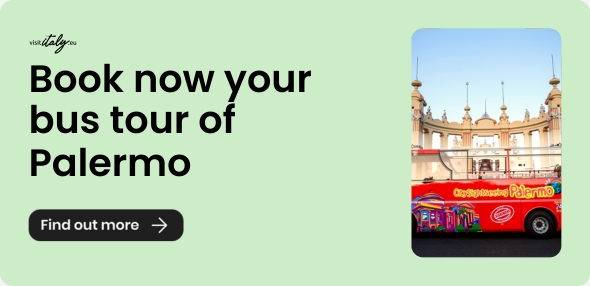
Palermo like a local
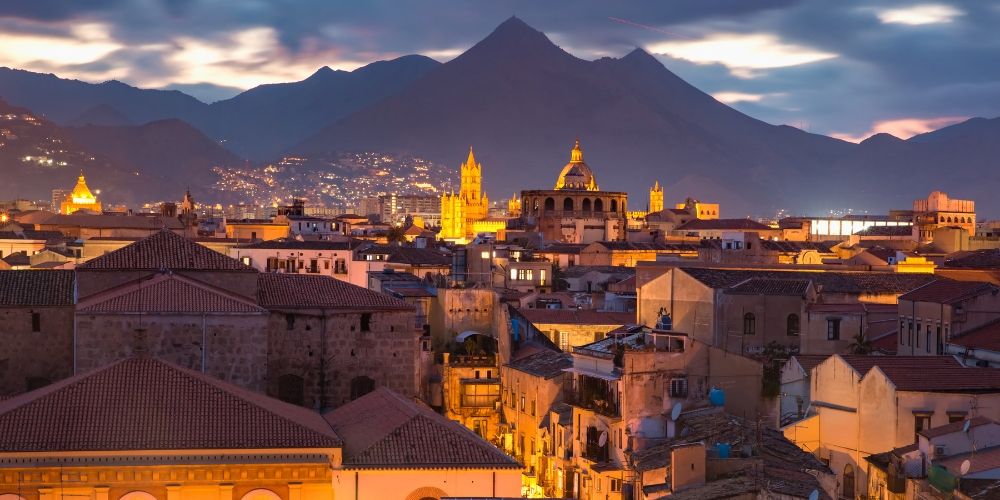
In addition to the classic historical and cultural sites, Palermo boasts traditions not to be missed and places to explore off the beaten track.
The following is a list with our suggestions to make you live the city like a genuine "palermitano", to discover those little gems that make a visit special.
Here are the 10 things to do in Palermo to experience the city like a local: discover the historic markets where to shop, the best street food and also the best viewpoint in the city.
Book Palermo guided tourListen to the podcast version of the article with Monna Lisa and Leonardo's voices
10. Have breakfast with granita and brioche
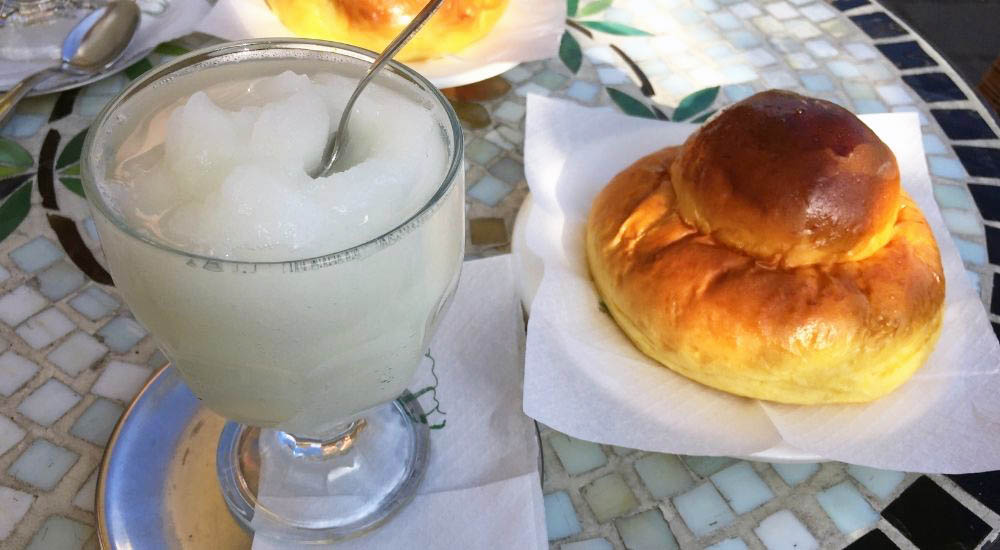
The quintessential Sicilian breakfast with granita and brioche.
Sicily is a home to almost unparalleled sweet delicacies.
Among the local favourites there is certainly the granita with brioche.
The genuine and refreshing flavours of the granita, with its creamy texture, are paired with the brioche warm and soft fragrance: a stunning contrast.
If you walk around Palermo on a summer morning, you will find locals savouring this delight, usually sitting at the outdoor tables of the neighbourhood bars.
Join them and try all flavours, but remember not to miss the great classics: pistachio, lemon, mulberry or almond granita.
The Sicilian granita is denser than the classic granita and does not have ice crystals: it is always served with the brioche called "maritozzo con la coppola"... one bite each and you will delight your taste buds.
Two famous places serving granita with brioche are "La Caffetteria del Corso" or "Yoghi", but you'll find good granitas almost everywhere.
Book trip to Erice + granita tasting9. Spend a night at the opera
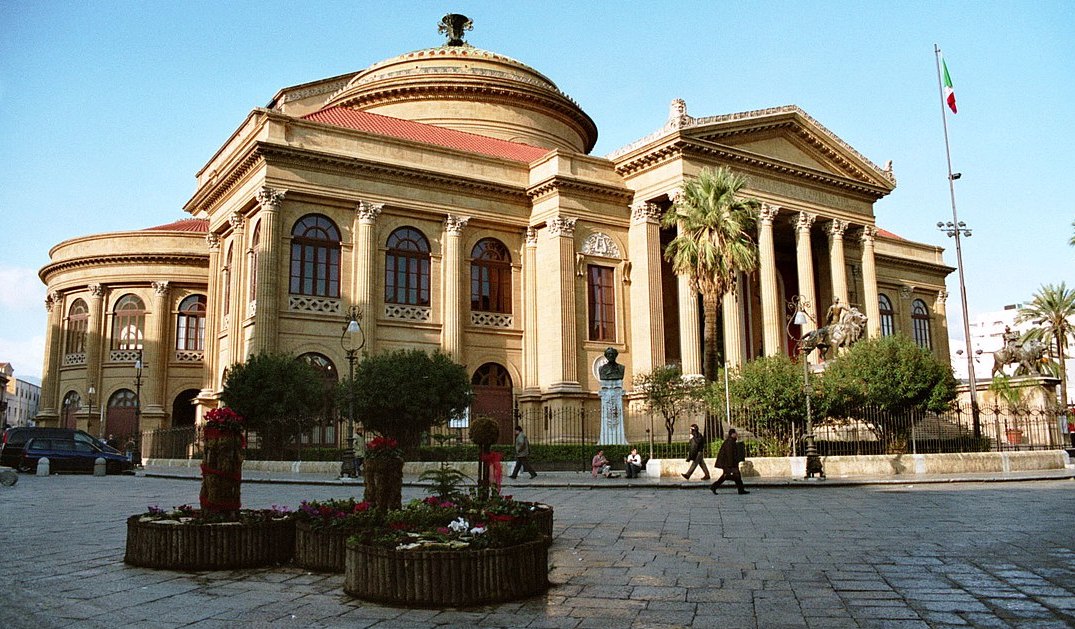
The facade of the Teatro Massimo in Palermo.
The Teatro Massimo is one of Palermo most iconic buildings.
This masterpiece of classical architecture - massive but elegant at the same time - offers world renowned acoustics and a spectacular horseshoe-shaped hall seating 1387.
You might have already seen the theatre in the final scenes of "The Godfather-Part III" by Francis Ford Coppola, when Al Pacino mourns the death of his daughter right on the stairs of the theatre (after having seen the "Cavalleria Rusticana").
Inaugurated in 1897, the Teatro Massimo is the largest opera house in Italy and the third largest in Europe, built using local stones.
Join the people of Palermo attending one of the many shows in the schedule and enjoy an evening of opera and culture. At time, city agencies sell tickets at excellent prices. There might be discounts for young people.
It is also possible to take a guided tour of the theatre by day to appreciate the fantastic ceiling painted by Rocco Lentini and explore in peace the Great Hall, the gallery and the Sala Pompeiana (with a particular acoustics that still fascinates visitors).
8. Taste local street food
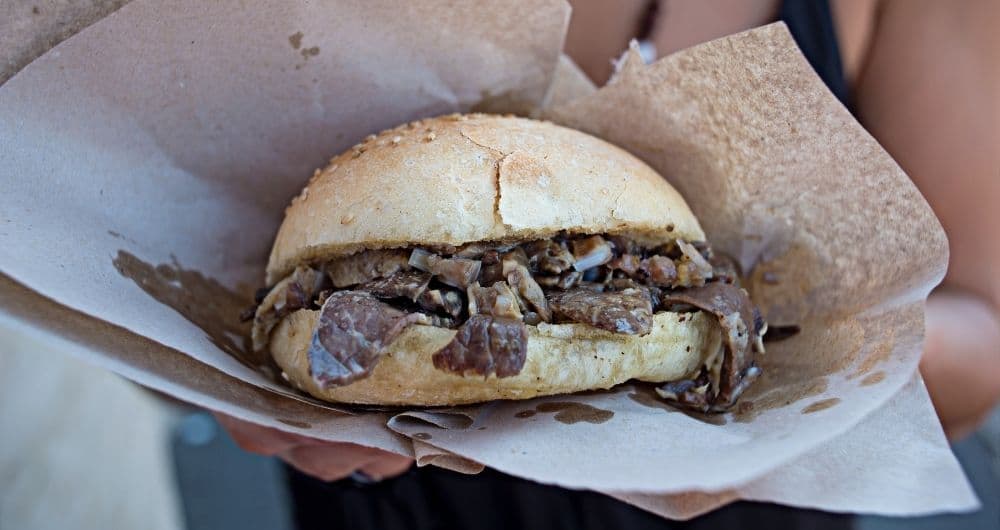
A staple in Palermo: pane ca meusa (panino with spleen).
Food is a great way to get closer to an unknown culture.
This is especially true in Palermo, a city that thrives on street food and prides itself on the variety of street delicacies.
Look for the kiosks, street vendors or stalls in the local markets inspiring you the most, or go into the narrow streets of the historic center and trust your smell (and eyes!).
The following paragraphs will inspire even the least gluttonous of you.
For a proper street food tour, you must start with a great classic of Sicilian cuisine, the arancine (the iconic fried rice balls with meat sauce, peas and caciocavallo cheese).
Other quintessential street dishes are panini con le panelle (chickpea flour fritters) and panini with potato croquettes, but don't forget the stigghiola (a skewer of lamb's guts flavoured with herbs and then grilled).
If you love baked goods, look for sfincione (a soft pizza bread covered with a tomato sauce, anchovies, oregano and cheese) or ravazzate (brioche-like with meat sauce and peas).
The Mediterranean sea is very important in Palermo and that is why you can find many kiosks selling paper cones filled fried fish, or "pulpari" that serve octopus in different ways (we still have to find one that does not satisfy us).
The pane cà meusa deserves a separate section. This tasty bread is filled with spleen and nowadays is a huge hit on social media. It is believed that this dish introduced by Jewish immigrants who were paid with the scraps of the meat slaughterhouse, and who then resold the spleen along with bread and cheese. Try this dish at the "Antica Focacceria San Francesco" and enjoy the explosion of taste.
Book cooking class and market tour in Palermo7. Celebrate Saint Rosalia in July
Every July Palermo is filled with tourists and locals to celebrate Santa Rosalia, protector of the city.
Between July 10 and 15, the streets of the city are crowded with devoted "palermitani" organising events, processions and parades which - despite the heat - attract thousands of onlookers.
The worship of the saint is an occasion for the locals to get together.
Sacred and profane, folklore and religion mix through the streets of the city: on one side there is the religious parade with a massive chariot representing the victory of the saint against the plague, on the other there are the food stalls, concerts and fireworks.
The "feast" is therefore a popular and religious event reaching its peak on the night of July 14 with the procession following a boat-shaped chariot. The procession starts from the Cathedral and reaches Porta Felice, on the sea, where you can see the fireworks. Traditional songs and choreography accompany the chariot along the way.
At every corner of the route, you'll find the cheering crowds and many stalls selling traditional street foods and religious souvenirs.
Visiting Palermo in these days and taking part in the festivities is a perfect way to get to know the city and its inhabitants, and experience firsthand one of the most intense folkloristic events in Italy.
Accommodation costs are slightly higher than usual and it is therefore ideal to book well in advance to grab the best deals.
An important note: the true liturgical feast takes place on 4 September at the sanctuary on Mount Pellegrino where the saint died in 1170.
6. Go to the beach in Mondello
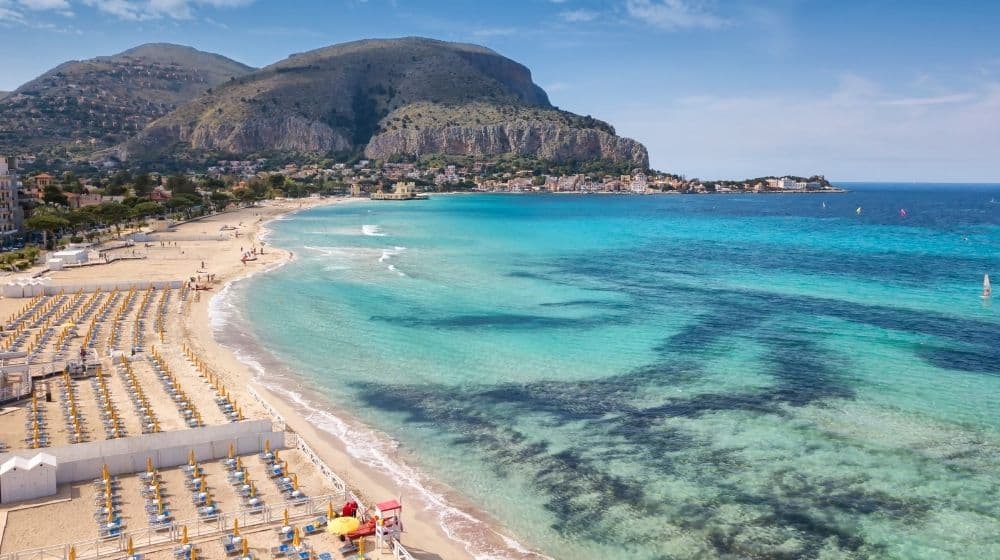
Mondello is a small seaside village, nestled between Mount Pellegrino and Capo Gallo about 10 km from Palermo.
Going to the beach in Mondello is a rite for the local people, especially during the summer weekends.
If you manage to arrive early in the morning, you can swim and enjoy the beach with almost no crowds, a truly relaxing experience.
To blend in with the locals, you should definitely try the delicious sandwich with panelle for lunch, to be ordered at one of the many kiosks near the beach.
The beach is made of white sand and has both stretches of free beach and bathing facilities offering the classic services such as umbrellas, sun beds, pedal boats rental and pastel-coloured cabins. If you want to challenge the wind of the gulf, try the to rent a kite surf.
If you stay in Mondello for the evening, enjoy a plate fried fish in one of the many fish restaurants or head to the "Charleston", one the iconic spots in Mondello with its Liberty architecture and dominant position at the center of the beach.
Mondello beach can be reached by bus 406 (in about 40 minutes) or by cycling along the cycle path that runs along Via della Favorita (11 km journey). Not far from the beach there is also a car park that offers a shuttle service to the beach.
5. Climb Monte Pellegrino
“The most beautiful promontory in the world”.
This wrote Goethe about the Monte Pellegrino during his visit to Palermo.
The German poet was delighted by the rough beauty of this 600 meters high hill separating Palermo from Mondello and its beach.
Monte Pellegrino is at the same time a holy and fun place.
The locals are devoted to the Saint Rosalia - the patron saint of the city - and often visit the sanctuary. But at the same time, this green hill is used for jogging, walking, mountain biking or to enjoying a romantic moment looking at the spectacular panorama of the city from above.
Climbing the mountain to the viewpoint and visiting the sanctuary will make you win the respect of the people of Palermo.
The path is not too long: it is a climb of about 5 km to get from the base of Monte Pellegrino to the viewpoint. You can get to the top in about an hour and a half at a medium pace.
Before arriving at the lookout for the photo shoot of the year, stop at the Santa Rosalia sanctuary. The prominent feature of the sanctuary is that it is excavated in the flank of the mountain. If you have time take a look at the small museum with the remains of the saint.
Once you get to the top you will also find the anti-aircraft gun emplacements built before WWII.
4. Explore the historic market
Palermo's markets are the soul of the city.
A kaleidoscope of colours, smells and flavours selling typical Sicilian products with an Arab souk atmosphere and the blasting cries of the vendors.
The names of the historic markets are now on everyone's lips on the social networks, such as Vucciria, Ballarò, Capo and Lattarini.
But despite the tourists arriving in droves, these trading places are still filled with real Palermitans doing their shopping or just getting together. They are therefore the best places to connect with locals and stroll around to buy culinary souvenirs.
The most famous market is certainly the Vucciria: chaotic and full of life, the Vucciria is now one of the places of nightlife, not just for shopping. In the complex intertwining of streets and small squares you can buy fresh fish and many Sicilian products, such as lemons, capers, lupins, olives and dried tomatoes. In summer, huge watermelons and seasonal fruit are on display. You can also taste the local street food, from panelle to stigghiole, ending with swordfish rolls and much more.
Ballarò, on the other hand, is the oldest of the city markets, and is more focused on the food products of the Sicilian countryside: it is the ideal place to buy meat, fruit and vegetables amid the loud calls of vendors telling you they have the best prices and products.
Other markets we recommend to browse are that of Lattarini, which derives its name from the Arabic "Suq el-attarin", (which means "spice market") and it is located in the heart of the Kalsa district, and that of Il Capo, very colourful and popular among locals because it is considered the best fish market in the city.
3. Visiting the local botanical garden
The Palermo Botanical Garden has been a seriously cool spot in the life of the Palermitans since 1789.
As one of the top academic institutions in Italy, and because of the wide variety of plant species it grows, it’s basically like an outdoor museum.
This place is buzzing with life, hosting many events and activities every year that get people’s attention.
One of the highlights is Zagara, a gardening show and market for all the green-fingered enthusiasts out there. You’ve got specialist nurseries, craftspeople, and a jam-packed schedule of events to keep you entertained.
But it’s not just about the greenery—there are also a bunch of artistic, theatrical, and musical activities that make it an exciting cultural hub.
We’d definitely recommend popping by, and hey, why not grab a drink at its trendy garden bar while you’re at it?
The entrance is at number 2, Via Lincoln, about 600 meters from Palermo Central Station, and it’s open every day.
Get tickets for Palermo Botanical Garden2. Afternoon at the museum
It's no surprise a city as ancient and layered as Palermo is packed to the brim with museums, churches, and historical buildings.
We'd recommend adding to your list a recently restored neoclassical gem in the Kalsa district, the historic Arab quarter of Palermo, just a stone's throw from the Quattro Canti.
Overlooking the monumental Pretoria Fountain, Palazzo Bonocore dates back to the 16th century and has been renovated several times by its various owners.
Today, it's a dynamic cultural hub accessible to all, where the tales of Palermo and its people intertwine against the backdrop of an exceptional location: a Sicilian noble residence in the vibrant, welcoming core of the city.
Palazzo Bonocore lies at the heart of an intriguing cultural redevelopment project, making it both a place of learning and entertainment. Its programming, consisting of workshops, meetings, courses, exhibitions, and artistic performances, is designed to engage and inspire the entire community.
A prime example is the "Palermo Felicissima" project, an interactive and cross-media exhibition dedicated to the Belle Époque era in Palermo.
Get your tickets for Palazzo Bonocore1. Out and about the Arab district

La Kalsa, one of Palermo's four historic rioni, stretches from Via Maqueda, Via Vittorio Emanuele, and Via Lincoln to the Marina promenade, the so-called Foro Italico. This last vast green area before the sea, from Cala to Villa Giulia, was the city's first public garden, a place that captivated Goethe, too, during his stay in 1787.
A walk through this district is highly recommended to experience the true essence of Palermo, as it's one of the liveliest hubs of Palermitan popular culture.
Like other locations with similar characteristics, Kalsa is not immune to petty crime and contradictions. However, one thing is for sure: you're in front of one of the city's most fascinating and magnetic areas.
Extremely interesting streets, with a labyrinthine network of alleys filled with local bars, craft shops, workshops, theatres, and art studios, intersperse with splendid period palaces.
A certain Oriental charm inherited from the Islamic domination still lingers within a distinctive and unmistakably Mediterranean aura that envelops its beautiful, authentic, quaint, or grandiose squares. The Palermitan blend of Moorish, Norman, Medieval, and Baroque elements is evident.
La Kalsa is also known for the numerous churches in the neighbourhood: Martorana and San Cataldo, La Magione, La Gancia, Santa Teresa alla Kalsa, and the Basilica of San Francesco d'Assisi. Of course, they all deserve a visit, but the one that will leave you amazed is the church of Santa Maria dello Spasimo: it has no roof, just the sky of Palermo covering it. Bellissmo!
Book guided tour Palermo Unesco sitesAbout the author
Written on 15/04/2024


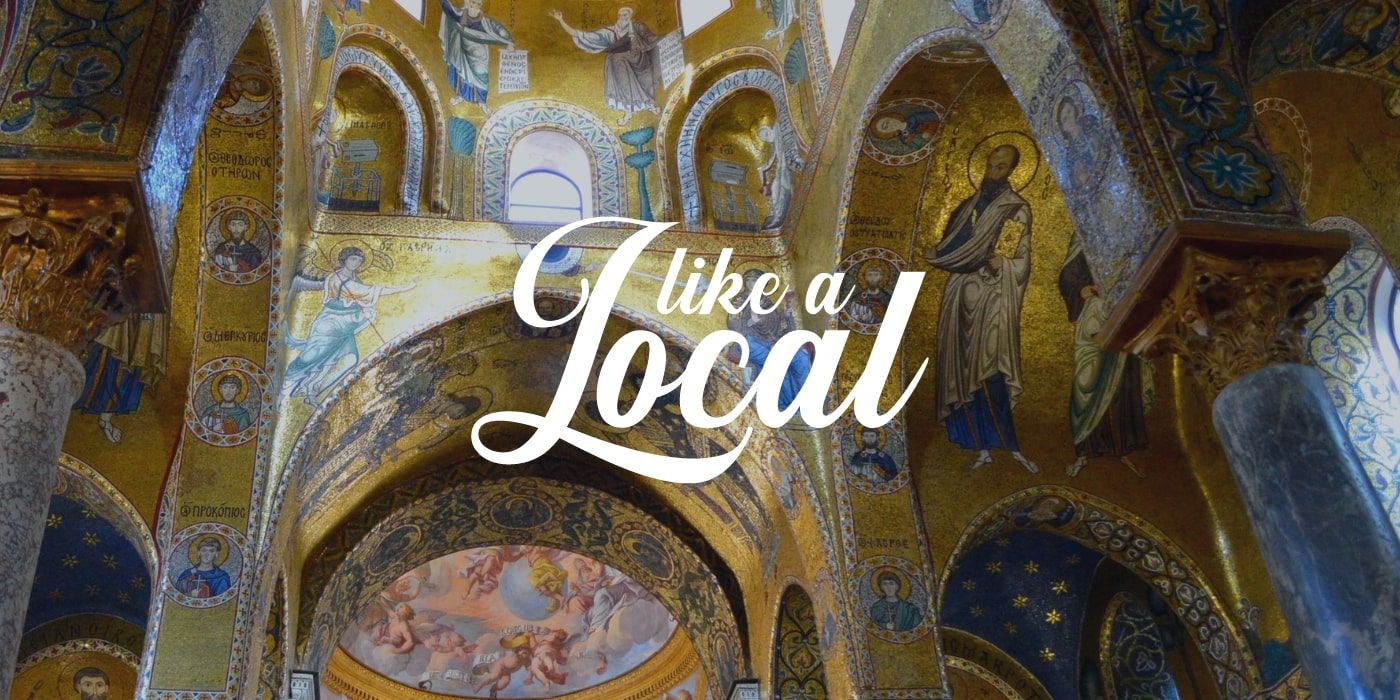
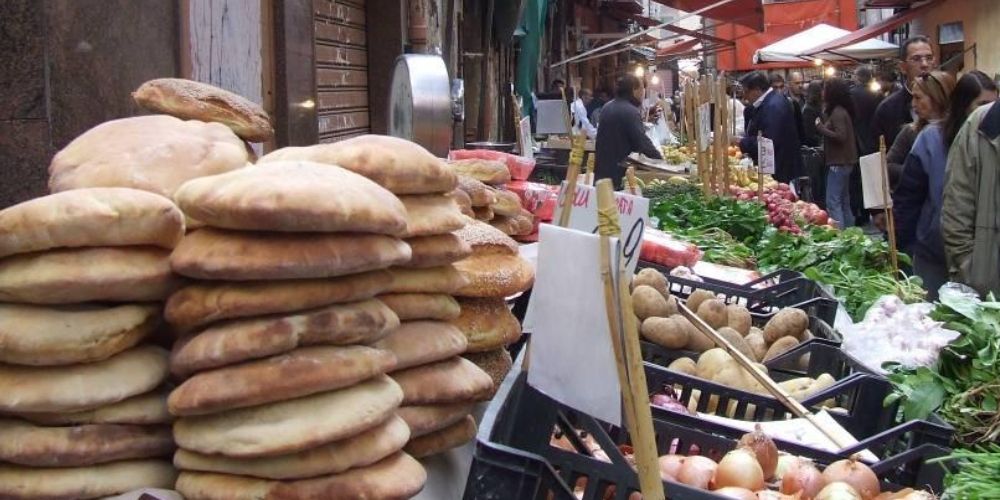
Fabrizio Mariani
Do you want to visit Palermo like a local? Then check out 10 things to do to live the city like a true Sicilian.